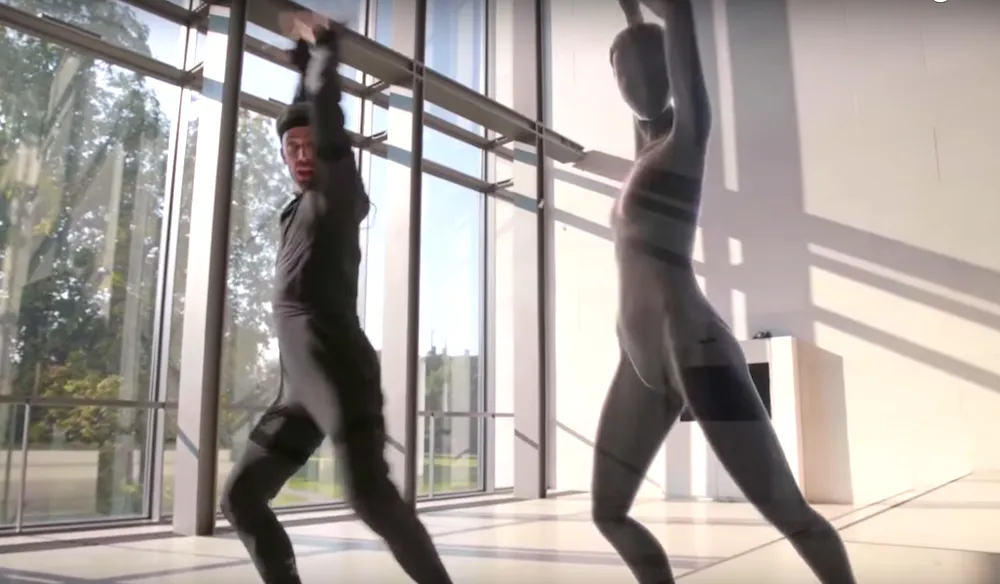In digital experiences, hand-crafting figures and different forms of movement is a chore. While it can sometimes supply a unique experience, there are elements of that type of work that lend to a lack of realism in performance. Motion capture can find its roots in the art of rotoscoping, a technique developed in 1915 where animators trace over motion picture footage. Motion capture takes that to the next level by using different suits and tools to record the movement of subjects for use in various forms of media on 3D models. Motion capture gear fluctuates in quality and price, very rarely hitting that sweet spot of quality and affordability, but Rokoko has developed a suit that impresses on both levels and we discussed the new Smartsuit Pro with them. We chatted with founder and CEO of Rokoko Jakob Balslev about the gear as well.
Rokoko was founded in March 2014 and since then they’ve charged forward with a goal to make a suit that was easy for animators themselves to operate without help. In common images of motion capture gear, you see exposed and typically large sensors but this suit has 19 unseen body sensors, each equipped with gyrometer, accelerometer, and compass, embedded into the suit with a small battery and hub on the rear of it (both the battery and hub are smaller than an iPhone). When breaking down how this suit differs from optical mocap, Balslev said it comes down to three keywords: Intuitive, accessible, and mobile.
Optical motion capture systems (that today cover the vast majority of the market) have problems with occlusion. Cameras need to be able to see the reflective markers at all times – if not, you lose data – and that happens a lot when you are for example having a close interaction between two characters. The sensors in the Smartsuit send a constant stream of data and you therefore never lose data and have much less “mocap cleanup” to do afterwards.
Optical systems also send a very large amount of data (many Gb). The data from the Smartsuit fills up much less space, since it is only numbers and not video files. This makes the workflow much more smooth and light.
You can record or stream up to 5 characters at the same time with just one wifi router in Unity or Smartsuit Studio. With a second router you can have even more characters.
With a tool such as the Smartsuit Pro coming at an accessible price, it could lower the cost for established production companies while providing an affordable tool for newer studios, with teams able create high-quality content for their projects and clients.
We had the chance to see the Rokoko suit in action at our offices in San Francisco and it appeared to function as advertised. The lightweight suit went on a Rokoko staffer in seconds and was ready to record in minutes. The proprietary software asked for the user to hold a “T-Pose” for three seconds for calibration purposes but after that there was essentially no friction between the model’s movements and the movements on the computer.
The system allowed Rokoko to embody several different characters in several different environments and animate them realistically in just a few moments. Some other systems might take quite a bit longer to complete a single scene.
The suit itself is all one piece that zips up easily and has adjustable straps to fit different body types. It is comprised of a lightweight mesh material that moves silently out of consideration to the sensitive microphones that are often present on motion capture stages.
The entire system is available for pre-order today listed for around $2,245 (discount included). It is being targeted primarily for high-end studio production. Balsley did confirm, however, that the company is also working on a much less costly consumer model that would be comprised of a simple jacket and wireless foot sensors.
“Creators should think of this as a creative tool they can integrate on levels where motion capture has never been accessible before,” Balslev says. “Animators can stand up right at their desk and do a recording. Sit down again and test it. As a pre-visualization tool, this suit can change the entire workflow.”
Balslev says creators can rest easy not having to go through a time-consuming and expensive effort to translate their ideas.
“For VR, having affordable tools is crucial as there’s a lot of financial risk developing for an industry that doesn’t have a massive install base in place just yet,” Balslev says. “Hopefully, we’ll see similar balances of quality and affordability prioritized in new tools created for VR down the line.”
–
Disclaimer: Rokoko is a paying member of the Upload Collective, Upload, Inc.’s co-working office in San Francisco. This story was written purely on the strength of its merit as a newsworthy story for the VR community. Rokoko provided no monetary incentive for this story to be written.




























